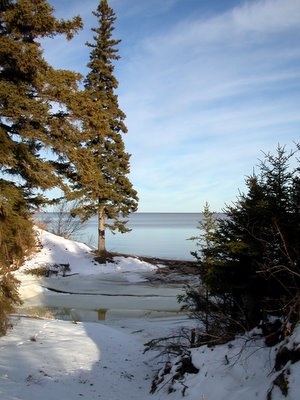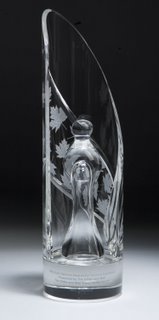First the Dots, Now the Dashes
PUNCTUATION MONDAY
Confused about hyphens and dashes? Read on.
The Hyphen
The hyphen is the short straw of the bunch. It’s located on your keyboard between the 0 and the =. A hyphen is used to combine words (well-known, third-class) and to separate numbers that are not inclusive, such as a phone number.
Example: 223-2499
The Dashes
Believe it or not there are two varieties of dashes—the em dash and the en dash. The en dash is the width of a typesetter’s letter N, whereas the em dash is the width of the letter M—thus their names.
- The Em Dash
Example: Everything went wrong—from the engine trouble at the beginning to the bad hotel rooms at the end—during our two-week vacation.
2. Use a dash to prepare for a list, restatement, amplification or dramatic shift in thought.
Example: Clark took a few steps back, came running at the ball, took a big kick—and missed completely.
3. Use dashes to set off an appositive that contains commas. What’s an appositive? It’s a noun or noun phrase that renames a nearby noun.
Example: Gumbo—a New Orleans dish of rice, beans, okra and spicy seasonings—is our traditional New Year’s Eve dinner.
- The En Dash
Example: July 9–August 17; pp. 37–59
It might take a bit of trial and error but eventually you’ll find the em and en dashes in a menu of symbols in your word processing program. There are usually short cuts to adding these punctuation marks to your text.
Remember that there are no spaces to be left before or after the hyphen, em or en dashes.









